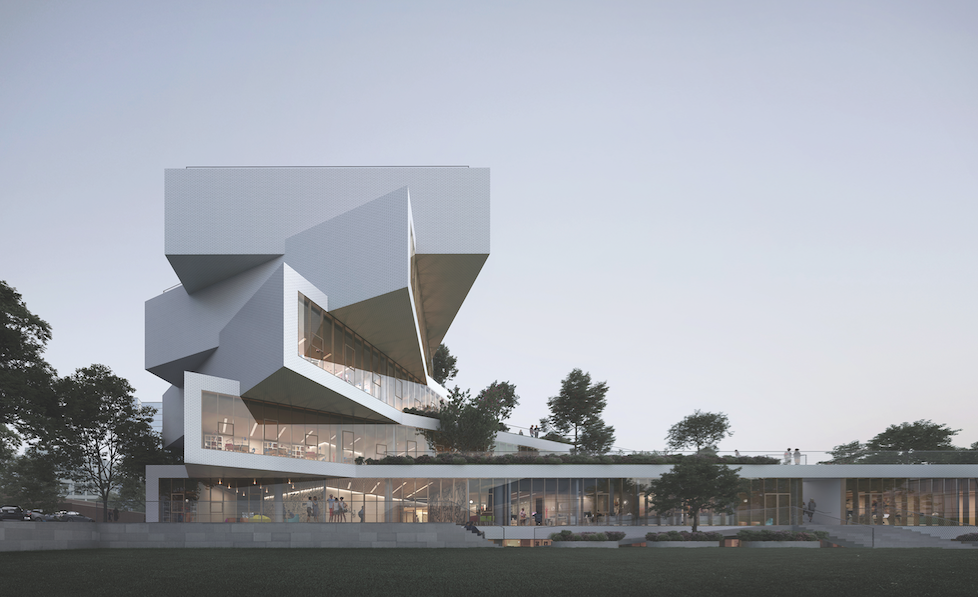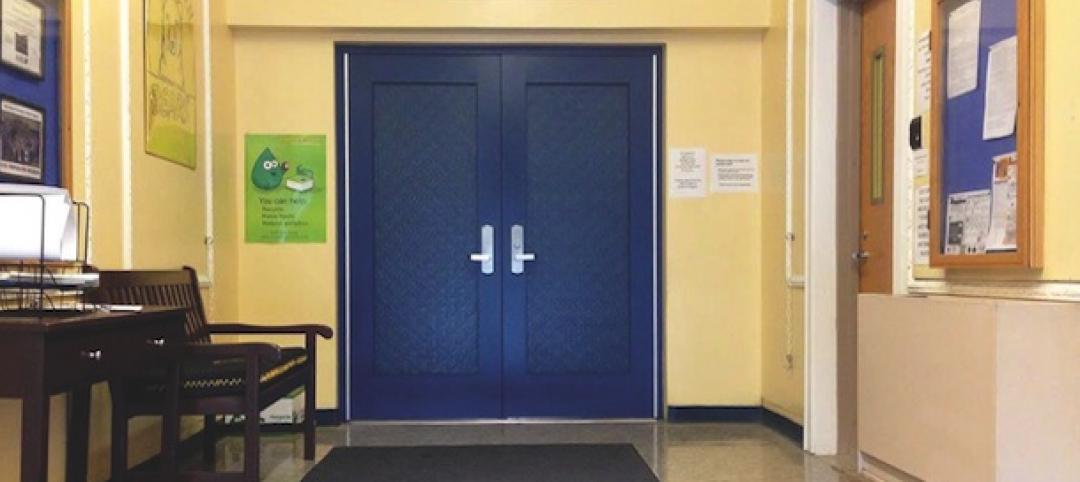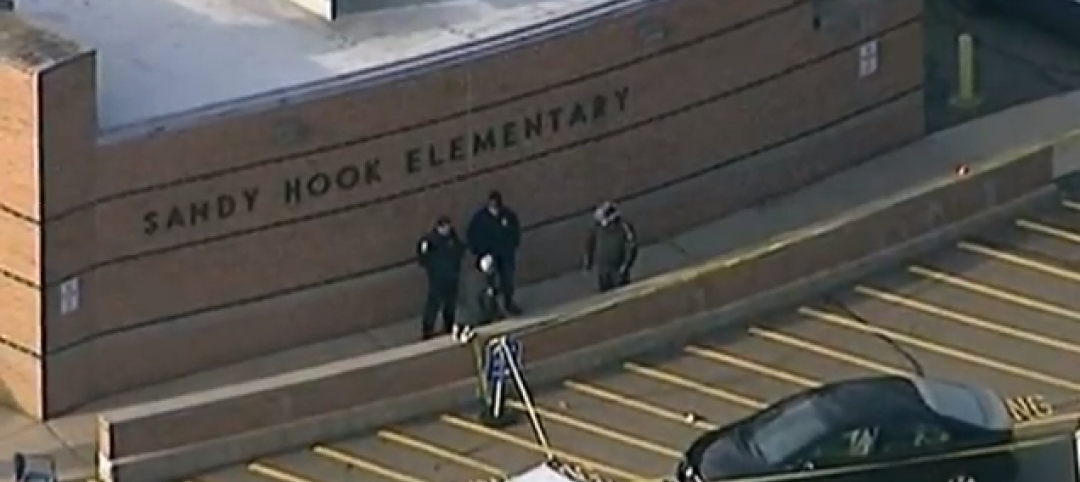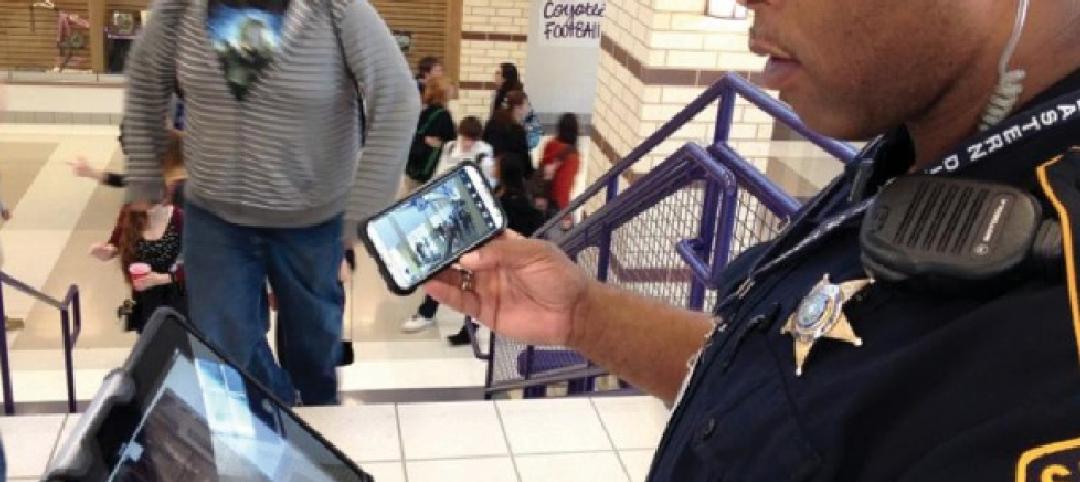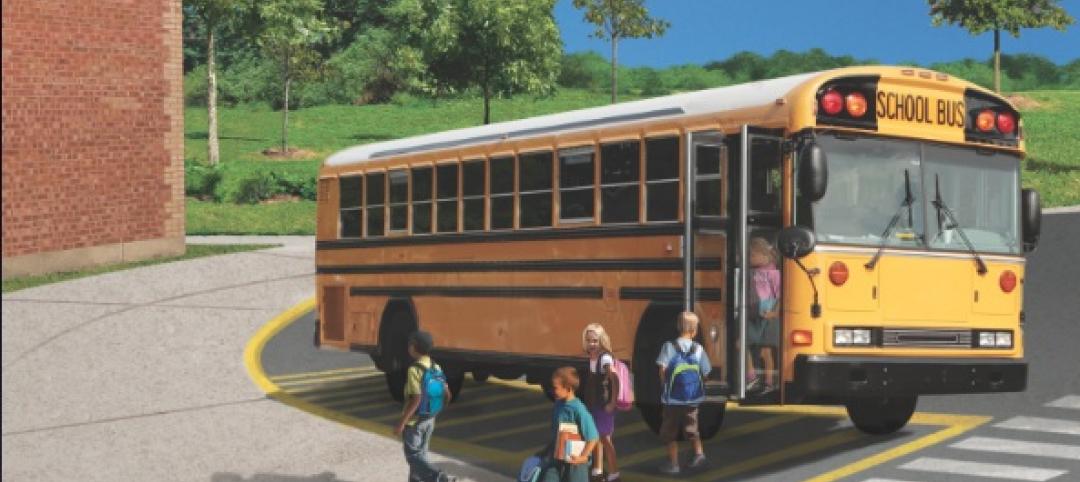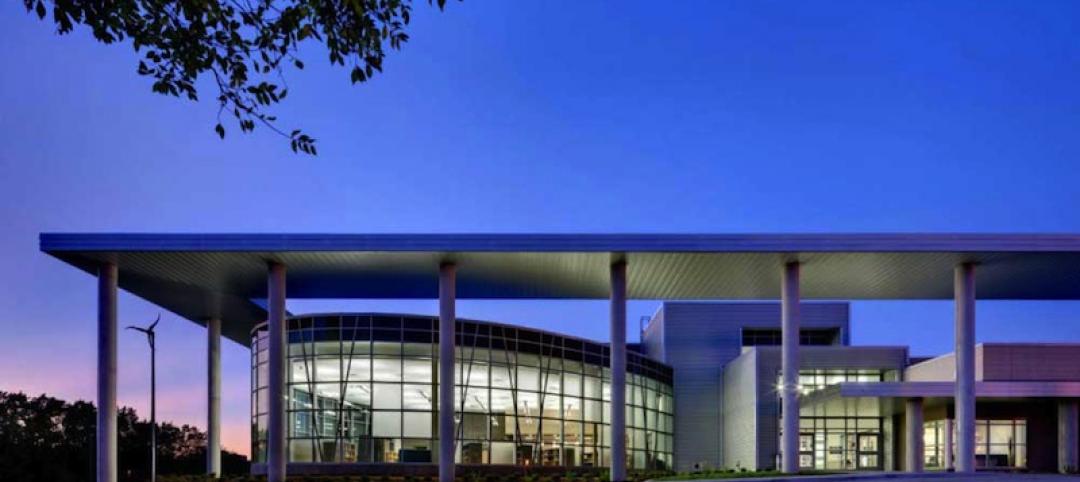Personalized learning tailored to the needs of individual students, coupled with group projects, is taking hold in the nation's schools. “We can’t just line up students in rows and teach everybody the same way, at the same pace,” says Leanne Meyer-Smith, AIA, LEED AP, VP of Architecture with Wight & Company. “That’s not working.”
In terms of school design, no single template has taken hold, but one thing is certain: long, double-loaded corridors are a thing of the past.
Improved economic conditions have freed up money for new projects and renovations. There’s a sense of urgency to update facilities to make up for the time lost when the Great Recession stymied many projects. “We’ve been seeing a lot more success with school funding referendums,” says Steve Herr, AIA, Director of Design, Fanning Howey.
See also: Top 150 K-12 Architecture + AE Firms - 2018 Giants 300 rankings
See also: Top 75 K-12 Engineering + EA Firms - 2018 Giants 300 rankings
See also: Top 90 K-12 Construction + CM Firms - 2018 Giants 300 rankings
Designing schools that can accommodate the pedagogy of today and the teaching styles of tomorrow is educated guesswork. “You have to allow for evolving instructional models without forcing tremendous expense to reconfigure spaces,” says Sean O’Donnell, FAIA, LEED AP, Principal and Practice Area Leader, Primary Education, with Perkins Eastman. Providing a little extra room and flexibility is crucial.
Extra space for learning and socializing can be created in common areas, where students can study and collaborate on projects in nooks and crannies around the school. “Interstitial spaces are really important,” says O’Donnell.
The building core at the Wilson School, a new 775-student high school under construction in Arlington, Va., will feature a wide staircase that opens out to the lobby, which will double as a gathering place for students. “We typically see that type of space in a university setting,” says Andrew Graham, AIA, Associate with Leo A Daly, the project’s design architect, along with Bjarke Ingels Group.
Even renovations of old double-loaded corridors can get at least part of the way to a modern design. Provided there's sufficient structural support in place, interior walls can be removed and track-mounted wall systems can be installed. “When you open up the walls, the corridor disappears and becomes a learning space,” says Lance Tritsch, LEED AP, Project Director, Pepper Construction.
Even when structural alterations are not possible, spaces can still be reconfigured at relatively low cost. “There’s a lot you can do with agile furniture,” says Meyer-Smith. Classrooms can be spruced up with new carpeting, plush pillows, and strategically placed bookshelves as dividers.
K-12 school designers are also using the increasing body of scientific evidence that links the interior environment to student performance as they pitch design ideas to district officials. Daylighting and indoor air quality are always on the front burner in these discussions.
Acoustic clarity within the classroom is also a major consideration. “If students can’t hear the teacher clearly, their ability to learn is impaired,” says Laura Wernick, FAIA, REFP, LEED AP, Senior Principal with HMFH Architects. Reducing noise is especially critical for children with ADHD, a condition exacerbated by excessive stimuli.
HMFH brings in experts at various stages of the project to measure and analyze classroom acoustics. This enables designers and contractors to identify noise problems early, before they get too expensive to fix, says Chin Lin, AIA, LEED AP, Senior Associate with HMFH.

Wilson School, Arlington, Va
Children with ADHD and other conditions that are made worse by excessive stimuli can benefit from the use of tunable LEDs, says Lin. “Dimming and providing warmer tones through lighting is calming,” he says. With color-tunable lighting currently costing about twice as much as standard lighting, schools are likely to use the more expensive options in special needs classrooms where they can do the most good.
The trend toward more hands-on learning remains strong. STEAM and STREAM (the “R” is for robotics) curricula often include maker spaces equipped with 3D printers. O’Donnell says “flight lounges"—areas adjacent to maker spaces, where teachers from different subject areas can get together to devise interdisciplinary teaching strategies and hands-on student projects—are coming into vogue.
getting students out into the world
High schools are also experimenting with giving students real-world business experience. The new Carmel (Ind.) High School has a 2,000-sf space for a student-run coffee shop and retail outlet featuring school-themed clothing and gear. Students perform all the managerial, accounting, marketing, graphics, and communication tasks to run the business. There's even a “Shark Tank,” where students can pitch ideas using whiteboards and high-end presentation tools.
A 30,000-sf space in a repurposed warehouse at the Brooklyn (N.Y.) Navy Yard is dedicated to the STEAM Center, where 11th and 12th graders from Brooklyn schools spend half of each day learning vocational and technical skills such as engineering, design, construction, film and media, and culinary arts.
“Students are introduced to companies in the Navy Yard and have the opportunity to participate in internships,” says Christine Schlendorf, AIA, Principal with Perkins Eastman.
Related Stories
| Jan 13, 2014
AEC professionals weigh in on school security
An exclusive survey reveals that Building Teams are doing their part to make the nation’s schools safer in the aftermath of the Sandy Hook tragedy.
| Jan 11, 2014
Getting to net-zero energy with brick masonry construction [AIA course]
When targeting net-zero energy performance, AEC professionals are advised to tackle energy demand first. This AIA course covers brick masonry's role in reducing energy consumption in buildings.
| Jan 10, 2014
What the states should do to prevent more school shootings
To tell the truth, I didn’t want to write about the terrible events of December 14, 2012, when 20 children and six adults were gunned down at Sandy Hook Elementary School in Newtown, Conn. I figured other media would provide ample coverage, and anything we did would look cheap or inappropriate. But two things turned me around.
| Jan 10, 2014
Special Report: K-12 school security in the wake of Sandy Hook
BD+C's exclusive five-part report on K-12 school security offers proven design advice, technology recommendations, and thoughtful commentary on how Building Teams can help school districts prevent, or at least mitigate, a Sandy Hook on their turf.
| Jan 9, 2014
How security in schools applies to other building types
Many of the principles and concepts described in our Special Report on K-12 security also apply to other building types and markets.
| Jan 9, 2014
16 recommendations on security technology to take to your K-12 clients
From facial recognition cameras to IP-based door hardware, here are key technology-related considerations you should discuss with your school district clients.
| Jan 9, 2014
Special report: Can design prevent another Sandy Hook?
Our experts say no, but it could save lives. In this report, they offer recommendations on security design you can bring to your K-12 clients to prevent, or at least mitigate, a Sandy Hook on their turf.
Smart Buildings | Jan 7, 2014
9 mega redevelopments poised to transform the urban landscape
Slowed by the recession—and often by protracted negotiations—some big redevelopment plans are now moving ahead. Here’s a sampling of nine major mixed-use projects throughout the country.
| Jan 6, 2014
What is value engineering?
If you had to define value engineering in a single word, you might boil it down to "efficiency." That would be one word, but it wouldn’t be accurate.
| Dec 17, 2013
Nation's largest net-zero K-12 school among winners of 2013 Best of Green Schools award
The Lady Bird Johnson Middle School in Irving, Texas, was named a winner of USGBC's annual award, along with nine other schools, individuals and communities working toward the common goal of healthy, high-performing learning places.


